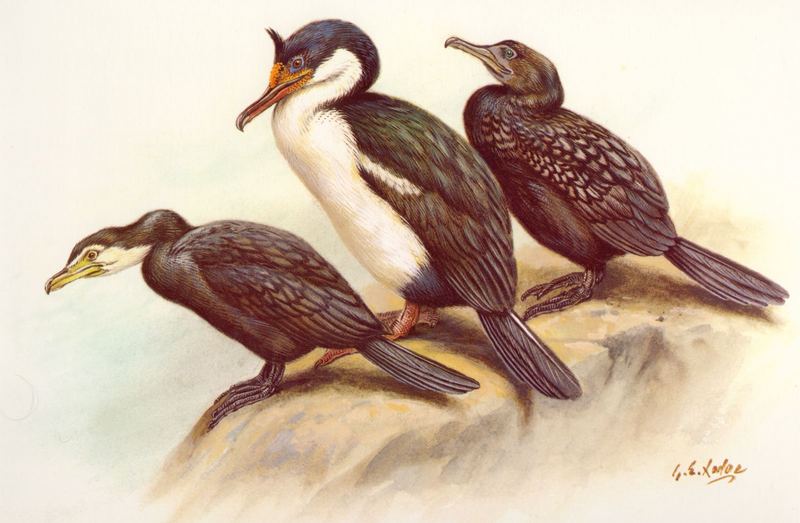|
| 질의: Small white | 결과: 58번째/2237 | |
Little Pied Cormorant (Phalacrocorax melanoleucos) (쇠흰배가마우지)
| 제목: | Little Pied Cormorant (Phalacrocorax melanoleucos) (쇠흰배가마우지)
| |

| 해상도: 1599x1045
파일크기: 195222 Bytes
등록시간: 2005:03:03 01:01:10
|
From: "Oz Sailor"
Newsgroups: alt.binaries.pictures.animals
Subject: Re: Little, Macquarie Island and Little Black Shags Repost of some bad Files
Date: Wed, 26 Apr 2000 03:32:25 GMT
> Threaded from this post are some replacements for files that for some reason
> did not post correctly.
> Sorry for any inconvenience.
>
> --
> Oz Sailor
> Herman Stakenburg
> See the faces of alt.binaries.clip-art at
> http://users.bigpond.net.au/roguesgallery
> or
> http://www.tlcnet.com/~party/ngfront.html
> abc-a FAQ
> http://matrix.crosswinds.net/~endtrans/index.htm
>
>
Little Shag (White Throated Stage L), Macquarie Island Shag (centre) Little Black Shag (right)oz.jpg
|
댓글 |
|---|
| | 손님 |
|
| The Little Pied Cormorant, Little Shag or Kawaupaka (Phalacrocorax melanoleucos) is a common Australasian waterbird, found around the coasts, islands, estuaries, and inland waters of Australia, New Guinea, New Zealand, Malaysia, and Indonesia, and around the islands of the south-western Pacific and the sub-Antarctic. |
| | 손님 |
|
| One of Australia’s most common water birds, the little pied cormorant (Phalacrocorax melanoleucos) is a relatively small, squat species, and is the only long-tailed cormorant of its size to have pied plumage. Entirely black above and white below, the little pied cormorant has a dusky face, with the white of the underparts extending to above the eye in adult birds. The white parts of the birds are often stained reddish or orange-brown. |
^o^
동물그림창고 똑똑전화 누리집
^o^
|
|
|